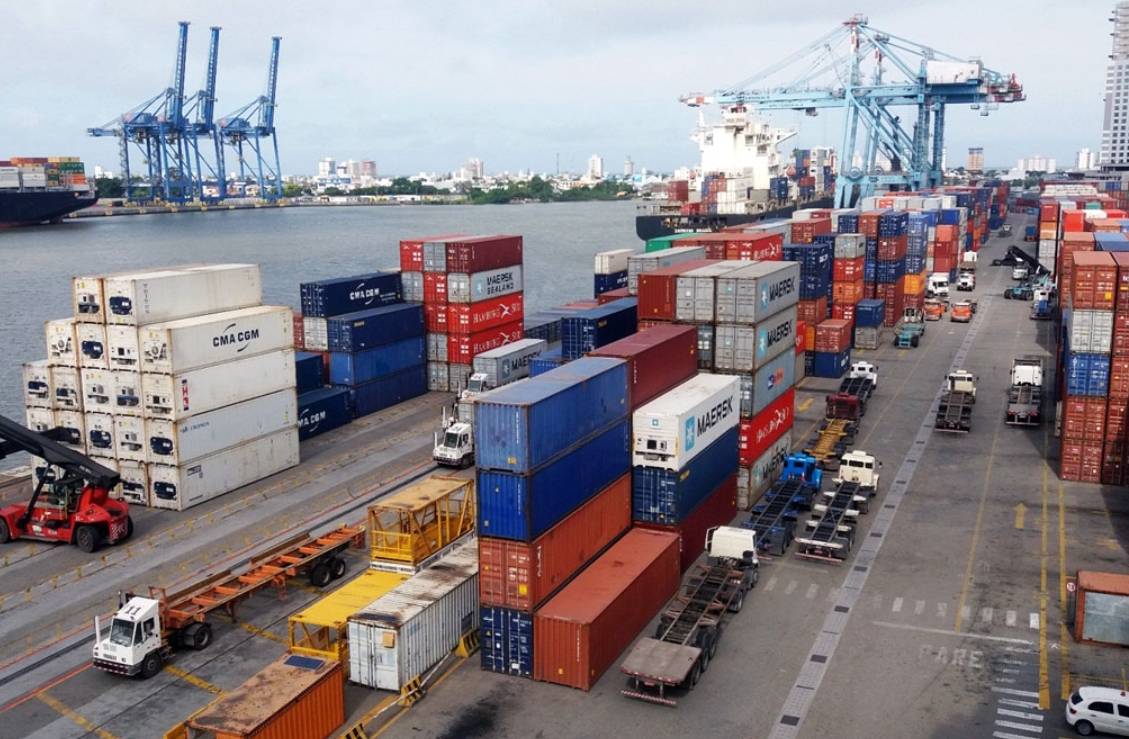According to data from ANTAQ, 581 thousand tons were moved between the months of January and June of this year; number contemplates operations in public ports and private terminals
The Brazilian port sector, made up of public ports and private terminals, moved 581 thousand tons in the first half of 2022. According to the survey carried out by the National Aquatic Transport Agency (ANTAQ), this was the second best result in history – in 2021, or number of movements was 3.3% higher.
O Porto de Santos, which is the largest Brazilian port, located in the state of São Paulo, closed the year 2021 with a new movement record: 147 thousand tons of cargo, 0.3% above the same period verified in 2020, in accordance with data from the Santos Port Authority.
The containerized loads will present expressive growth of 14.2%, also expanding the movement to 4.8 thousand TEUs (standard container of 20 pes). In the period analyzed, December was the month that best registered the monthly mark in history for this type of cargo, with 452.6 thousand TEUs, a rise of 3.5% compared to December 2020.
A cabotagem, for example, is responsible for 11% of all cargo transportation in Brazil, according to data presented by ILOS. A Navegação de Cabotagem is the transport of cargo carried out between ports of the same country, using maritime or internal navigation routes.
Roberto Veiga, director of Atendimento da Costa Brasil – a company specializing in Multimodal Transport Operations (OTM) –, assessed that the cabotage sector is an essential gear for the Brazilian economic movement and therefore needs constant evolution. “As Porto de Santos is the main outlet of cargo from the Brazilian Coast, we are very happy to know that we contribute to the increase in the movement of containers. Therefore, with this intensification, responsibilities also arise. The growth does not require a new container terminal from Porto de Santos.”
Além disso, or executive also remains optimistic in relation to the national import and export trade, with positive expectations for the national scenario of 2022.
“Same as the large volume of cargo in Brazil being moved by highways, or the cabotagem market is shown as a positive scenario. More and more companies opt for this service, and when they do not know they will return to the road, even though it is clear about growth orgânico de quem já está na cabotagem.” – Roberto Vega.
From 2009 to 2021, the annual growth of tonnage was 4.9%, and the taxa two containers advanced 6.6%. In the same interval, the Brazilian GDP grew by an average of 1.1% year-on-year, taking into consideration the most updated expectation of GDP for 2021, of 4.51%.
Currently, the port sector moves thousands of reais per year. The expectation for this year (2022) is that the number will remain close to 1,210 billion tons in 2021.

